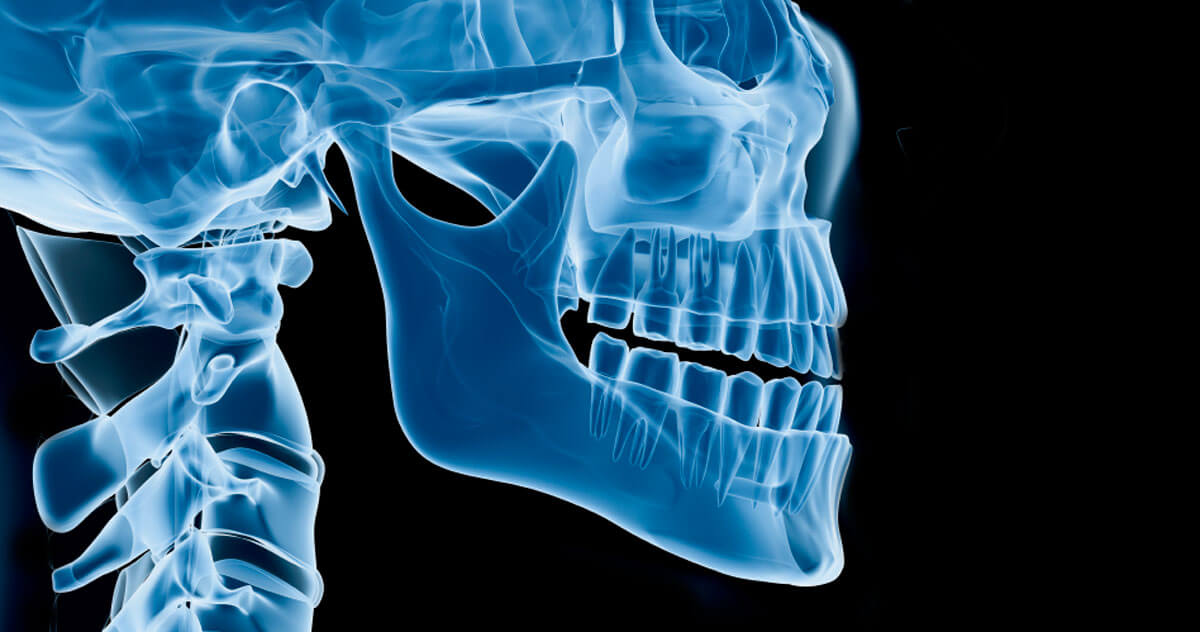Orthognathic Surgery in
NYC, West Islip & Lake Success


The New York Center for Orthognathic & Maxillofacial Surgery offers Orthognathic Surgery in Lake Success, West Islip, & Midtown NYC. Call 212-308-9200 to make an appointment.
At NYCOMS, orthognathic surgery is the essence of what we do and the focus of our practice. Sometimes called corrective jaw surgery, orthognathic surgery involves moving various components of the facial skeleton to achieve balance, good jaw function and a comfortable jaw position. At times, it improves speaking, chewing of a healthy diet and, in various specific cases, opening and improving the airway. Orthognathic surgeons are “orthopedic surgeons of the facial skeleton.” Most orthognathic surgery is performed upon the interior of the mouth within a hospital setting, although some patients can be treated in an office or ambulatory setting as well. Our doctors work only in the finest teaching hospitals and facilities.
When a patient comes in with a jaw abnormality, we first evaluate how the patient is affected on a level of functionality (whether they can chew a healthy diet, whether they have a proper dental occlusion, whether they speak clearly, whether they can breathe, whether they have pain, whether they have a good level of self-esteem about their smile and their appearance). Once we evaluate those problems, then we evaluate the patient’s anatomy.
NYCOMS has 3 convenient locations in NYC, West Islip and Lake Success. Contact us today to learn more and schedule an appointment.
The Professional Team
The final treatment plan is developed by your NYCOMS surgeon and orthodontist with the patient’s input. Collaborating with other dental professionals helps to ensure the plan’s success. Orthodontic work is required in most cases prior to moving the bones with surgery to ensure that, when the jaw is set, the occlusion is correct. Afterwards, orthodontic work is used to refine the bite once the bones are healed. We work with your dentist throughout the entire process to make sure that the teeth and supporting structures are in excellent health. The functional aspect and the stability aspect of the correction is ensured by the orthodontic preparation and the post-surgical orthodontic work.
About Orthognathic Surgery
Procedures
Orthognathic surgery is done to correct misalignments or other abnormalities in the upper and/or lower jaw.
There are only three basic orthognathic procedures:
- Moving the upper jaw: Lefort 1 Osteotomy
- Moving the lower jaw: Bilateral Sagittal Splitting of the Mandible
- Moving the chin: Genial Osteotomy or Anterior Mandibular Osteotomy (moving the chin to create facial balance)
Each of these procedures permits the surgeon to move the jaw in the direction required to correct the underlying abnormal jaw relationships. The above procedures are uniquely combined in each case to correct the unique jaw abnormalities of each patient. The decision as to what operations to do and which direction to move the jaw are based on a meticulous clinical examination, accurate records including clinical photographs, cone beam CT three dimensional analysis and dental study models.
Overview
Orthognathic surgery can involve procedures such as osteotomies (bone cutting), bone grafts, distraction osteogenesis (stretching of the bone) and orthodontic (braces) care. Orthognathic correction is conducted in stages and the course of treatment can last from a few months to a year or more.
In order to perform the procedure successfully, the jawbones will be repositioned in accordance with each patient’s specific needs. Inconspicuous incisions are usually made inside the mouth, and if needed, outside the mouth, to allow for surgical plates, screws, wires and rubber bands to be used to hold the patient’s jaws in the new positions.
Several surgical techniques have been developed to allow our surgeons to reposition the upper or lower jaw or sometimes both. The goals of surgery are to balance the skeleton and the bite thereby improving function, speech, breathing, chewing and esthetics. Once the bone is in the correct position, then the orthodontist can properly finish aligning the teeth. This type of surgery is typically done once skeletal growth is complete.
Orthognathic surgery can be performed on patients of all ages.
Goals of Orthognathic Surgery
• To achieve the ability to incise and masticate a healthy diet
• To insure the ability to have a healthy dentition for life
• To obtain treatment for chronic orofacial pain and dysfunction
• To obtain the ability to speak free from stigmata of nasality or disarticulate speech
• To establish a patent upper airway
• To obtain self esteem emanating from a normal facial proportion and esthetic profile
Testimonial Videos
Contact us today to schedule an appointment.
